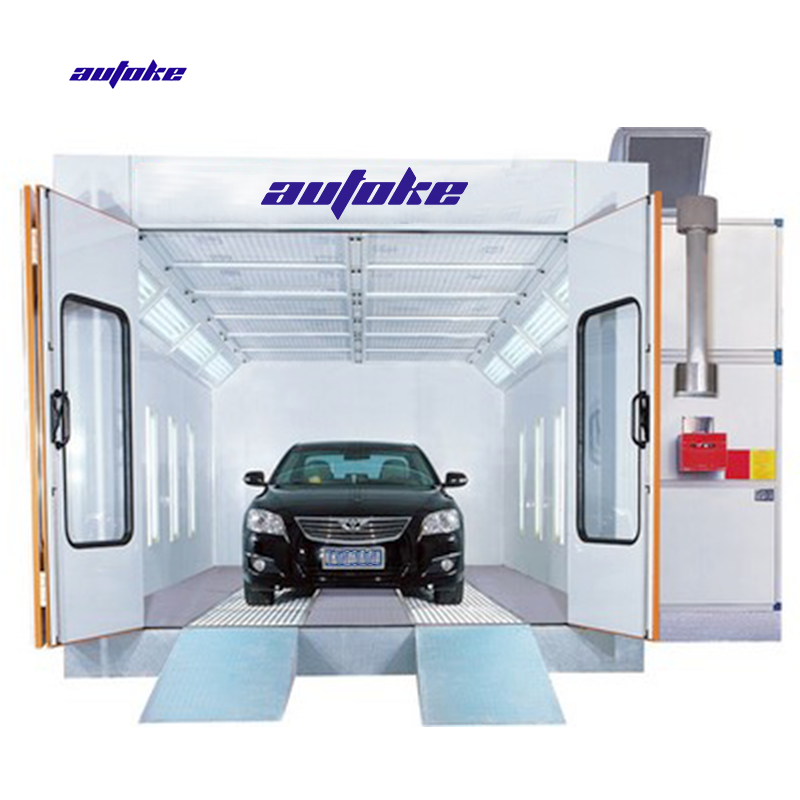When it comes to designing and constructing interior spaces, the choice of wall materials plays a pivotal role in determining not only the aesthetic appeal but also the functionality, durability, and sustainability of a building. With a myriad of options available, understanding the properties, advantages, and applications of various materials is essential for architects, interior designers, and homeowners alike. This article delves into the most commonly used materials for interior walls, examining their characteristics and suitability for different environments.
- Gypsum Board (Drywall)
Overview: Gypsum board, commonly known as drywall, is one of the most prevalent materials used for interior walls in residential and commercial buildings. It consists of a gypsum core sandwiched between two sheets of heavy paper.
Advantages:
- Cost-Effective: Drywall is relatively inexpensive, making it a popular choice for budget-conscious projects.
- Ease of Installation: It can be quickly installed and finished, allowing for faster project completion.
- Fire Resistance: Gypsum has inherent fire-resistant properties, providing an added layer of safety.
Applications: Ideal for residential homes, offices, and commercial spaces, drywall is often used in new constructions and renovations. It can be easily painted or finished to match any design aesthetic.
- Plywood and Oriented Strand Board (OSB)
Overview: Plywood and OSB are engineered wood products that offer strength and versatility. Plywood is made from thin layers of wood veneer, while OSB is composed of wood strands bonded together with adhesives.
Advantages:
- Structural Integrity: Both materials provide excellent structural support, making them suitable for load-bearing walls.
- Sustainability: When sourced from responsibly managed forests, these materials can be an environmentally friendly choice.
- Aesthetic Appeal: Plywood can be left exposed for a natural look or painted to fit various design themes.
Applications: Commonly used in residential construction, particularly in areas requiring additional strength, such as basements and garages.
- Concrete and Concrete Blocks
Overview: Concrete walls, whether poured or constructed with concrete blocks, offer unparalleled durability and strength. They are often used in commercial buildings and modern homes.
Advantages:
- Durability: Concrete is resistant to fire, pests, and weather, making it a long-lasting option.
- Sound Insulation: The density of concrete provides excellent soundproofing capabilities.
- Thermal Mass: Concrete can help regulate indoor temperatures, contributing to energy efficiency.
Applications: Ideal for industrial buildings, basements, and modern homes seeking a minimalist aesthetic.
- Brick
Overview: Brick walls are a classic choice, known for their timeless appeal and durability. They can be used as structural walls or as a veneer over other materials.
Advantages:
- Aesthetic Versatility: Available in various colors and textures, brick can complement a wide range of design styles.
- Low Maintenance: Brick is resistant to weathering and requires minimal upkeep.
- Energy Efficiency: Like concrete, brick has good thermal mass properties, helping to maintain stable indoor temperatures.
Applications: Frequently used in both residential and commercial buildings, brick can be an attractive option for both interior and exterior walls.
- Wood Paneling
Overview: Wood paneling adds warmth and character to interior spaces. It can be made from solid wood or engineered wood products.
Advantages:
- Aesthetic Warmth: Wood paneling creates a cozy atmosphere and can enhance the overall design of a room.
- Insulation Properties: Wood provides natural insulation, contributing to energy efficiency.
- Variety of Finishes: Available in numerous finishes and styles, wood paneling can be customized to fit any design vision.
Applications: Ideal for residential interiors, particularly in living rooms, dining areas, and bedrooms.
- Glass
Overview: Glass walls are increasingly popular in modern architecture, providing transparency and a sense of openness.
Advantages:
- Natural Light: Glass allows for abundant natural light, reducing the need for artificial lighting.
- Visual Connection: It creates a seamless connection between indoor and outdoor spaces.
- Modern Aesthetic: Glass walls can enhance the contemporary look of a building.
Applications: Commonly used in commercial spaces, offices, and modern homes, particularly in areas where views are a priority.
Conclusion
Choosing the right material for interior walls is crucial for achieving the desired aesthetic, functionality, and sustainability in any space. Each material offers unique benefits and applications, making it essential to consider the specific needs of a project. Whether opting for the cost-effectiveness of drywall, the durability of concrete, or the warmth of wood paneling, understanding the properties of these materials will lead to informed decisions that enhance the overall quality of interior environments. As trends evolve and sustainability becomes increasingly important, the future of interior wall materials will likely continue to innovate, offering even more options for creating beautiful and functional spaces.


